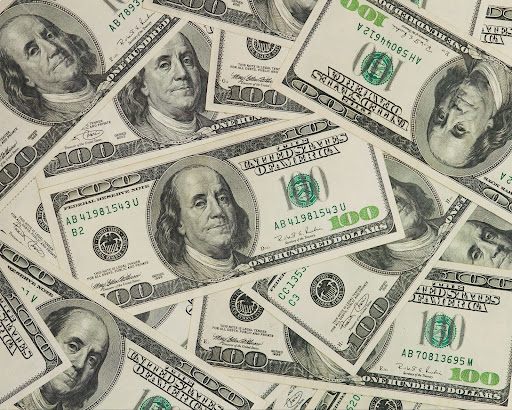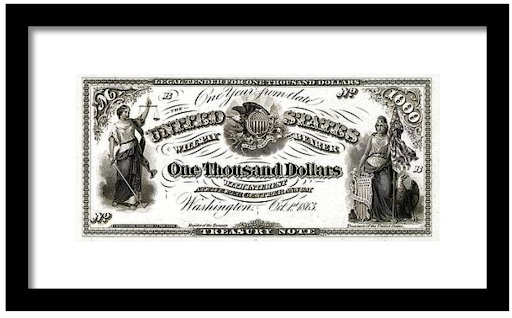
What are the money images? What is its significance of it in promotion? In this article, you’ll learn tips on using cash images in advertising and its regulations.
When advertising sweepstakes that have cash prizes, displaying the amount with currency images always motivates potential entrants! But can we use images of cash in our ads? What are the rules and regulations governing this practice?
The U.S. Department of Treasury has established specific regulations governing the use of cash images in advertising. The Anti-Counterfeiting Trade Agreement of 1989, also known as the Budapest Treaty, set rules for using images of cash in counterfeit goods or any advertising.
The Counterfeit Detection Act of 1992, Public Law 102-550, section 411 of Title 31 of the Code of Federal Regulations, allows color depictions of US currency if they are for educational or informational purposes and do not represent the right impression.
Size for Images of Money

In advertising, you can lawfully display full-color photographs of United States currency as long as you follow the Department of Treasury’s stipulations. The picture you select must be smaller than three-fourths of the length or greater than one and a half times the size of the original currency.
For example, a picture of a dollar bill is 6.1 inches long, so it must be either smaller than three-fourths of this length (3.4 inches) or 4.6 inches in size.
Sweepstakes must adhere to both sweepstakes laws as well as currency laws in the US if you want to use money in your advertising efforts.
One Side Only
When designing marketing materials like flyers or ads, you can only show one side of the currency. So if you use a design that looks like a $100 bill, follow size restrictions and only display the front or back (not both).
Non-Permanence
After its final use, the government requires that any negative, printing plate, digital file, or other storage medium containing an image of United States currency be destroyed, erased, or deleted.
Coins
Although you can create images of coins that adhere to general currency guidelines, you cannot produce counterfeits of genuine U.S. coinage.
Other Items

With the exception that you may create genuine-size images for commercial use as long as they’re in black and white, postage stamps are also subject to the same rules as currency. Color photos must be reduced or enlarged to three-fourths (1:1) or one and a half times their actual size.
All images of other securities, such as Treasury bills, should be in black and white. Image files should also follow the size restriction guidelines. Just like with currency images, these image files should be destroyed after use.
Conclusion
Consumers may attempt to counterfeit currency the old-fashioned way in today’s digital environment when home computers and color printers are common. However, new measures in the printing process, such as watermarks and holograms, have been implemented to make it harder to create fake money.
As a result of the Supreme Court’s decision in Citizens United v. FEC, depictions of currency in marketing materials are no longer subjected to as much scrutiny as they were previously. The regulation, nevertheless, is still on the books and may be enforced if needed. As a result of this ruling, it’s critical to keep the basic entrance procedure, marketing materials, and prize representations in mind when utilizing images of money.
In other words, as long as you adhere to the U.S. Department of Treasury’s standards, you can use money images in your sweepstakes ads and stay within the law to comply with both sweepstakes, and advertising laws in the United States.
Do you have any questions about using cash images in advertising? For more information on how Sweeppea can help you with your next sweepstakes, contact us at support@sweeppea.com or call us at 305-505-5393.

